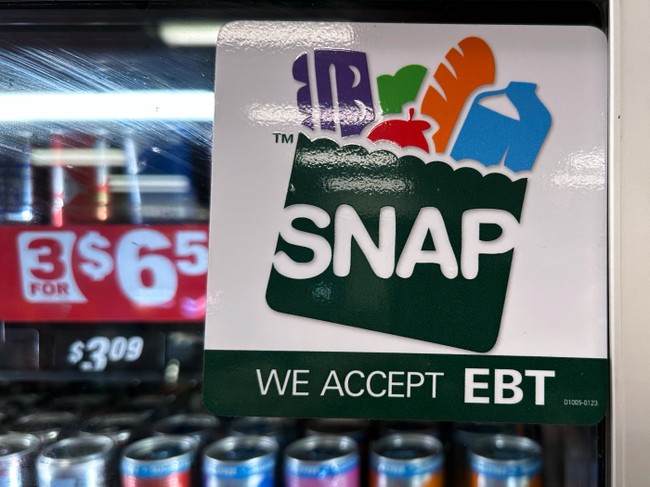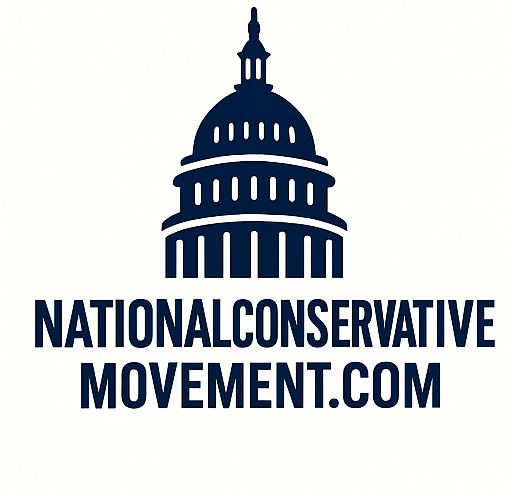
One of the marks of a civilized society, especially once its economy is able to produce a surplus beyond subsistence level, is that it no longer tolerates people starving to death.
Even primitive societies have taken care of the elderly and the infirm, and wealthy ancient societies such as Rome provided free or subsidized food to indigent people (and, ironically, the tradition of “bread and circuses likely contributed to the downfall of the Empire). With the collapse of trade when the Roman Empire fell, aid to the poor essentially disappeared, although monasteries did serve the poor to some degree.
With the poor laws, the English government started providing sustenance to the poor again, if not exactly at generous levels. Not that there were large surpluses to be generous with, but even a poor society like late-medieval England accepted the responsibility to ensure people wouldn’t starve if it could be prevented.
Ohh my god….
Mainstream media CBS reporting 1 in 8 Americans are on SNAP food stamps
That’s 43.1 million people
The working class is paying to provide EBT for 43 MILLION PEOPLE
Approximately 54% of immigrant households participate in at least one major welfare program pic.twitter.com/QeDL4JUMFe
— Wall Street Apes (@WallStreetApes) October 27, 2025
It wasn’t till the 19th century that large economic surpluses allowed more comprehensive social insurance to develop, and something resembling a welfare state didn’t appear until the Great Depression, when the United States created a food stamp pilot program.
And it wasn’t until 1964 that the permanent program was created.
SNAP benefits from 1970 to 2024 as a percentage of population. pic.twitter.com/mSSAcYB1Y4
— Planet Of Memes (@PlanetOfMemes) November 5, 2025
Since then, the program has exploded, both in its generosity and in the number of people who participate in the program. Originally meant to help people who were unable to afford food because of disability or extreme poverty—a small cohort within the country—the program now covers more than 40 million people, and their spending is a large component of the profits that some retailers bring in.
That’s because SNAP beneficiaries spend, on average, 20% more on food than non-SNAP beneficiaries.
SNAP consumers’ value to grocers goes well beyond the federal aid they receive. Data from Numerator shows that program participants, on average, spend more than what they receive in monthly payments, and overall spend 20% more than non-SNAP shoppers.
Only about one in four adults on SNAP works in any given month, and an even smaller percentage works full-time. For most recipients, SNAP and other government benefits are their primary source of income.
Only 1 in 4 SNAP recipients work at all. Only 17% of SNAP recipients work full time. This is spun as the majority of snap recipients who work, work full time. But in left wing memes it becomes: the majority of snap recipients work full time. Which is simply not true. https://t.co/JVcLv7MFNk pic.twitter.com/rMzxppAlhQ
— memetic_sisyphus (@memeticsisyphus) November 7, 2025
Which brings me to my point: SNAP is no longer a program primarily aimed at ensuring that people don’t go hungry. In fact, SNAP beneficiaries are among the most obese people in America, and many of the recipients choose not to work rather than be temporarily unemployed or disabled.
I have sat through appointments of this woman telling me about taking her kids to Disney World and how she went out drinking with friends on weekends. She’s wearing an Apple Watch. She has a full-time job. She goes out partying. She takes the family to expensive amusement parks.…
— Sunny (@sunnyright) November 9, 2025
SNAP is a lifestyle choice for many people, as you can see by much of the discussion around how people are being impacted. Just one example was this discussion on CNN:
lol I couldn’t stop laughing 😂 at that one. Getting your eyebrows done is a luxury not a necessity. Even @CNN in the back room had to be like…. WTF was that?
— Terry (@TerryinSoCalif) November 7, 2025
When SNAP beneficiaries are spending money on luxuries such as manicures, hair extensions, going out to dinner and clubbing, the American taxpayers are getting ripped off.
“Only in America do we have $1200 iPhones looking to see if their SNAP benefits hit.”
All while their hair is did, nails are did, new clothes, new shoes, driving new cars.
Something ain’t right here. pic.twitter.com/XN6Yskl0kz
— AmericanPapaBear™ (@AmericaPapaBear) November 2, 2025
There’s even a thriving business of SNAP fraud, where recipients sell their SNAP benefits at a substantial discount for cash they can use to buy other things they want.
Y’all… Danielle is a SNAP user, and she is starving. ( So sad. 😔) What advice would you give her? pic.twitter.com/zjfiU56BzK
— ❤🎹 Ames 🎹❤ (@Real_Ames) November 7, 2025
The systematic abuse of SNAP has created a weariness among people who would be happy to help out people in genuine need, but who are tired of paying for soda, candy, junk food, and luxuries for people who refuse to work.
Nurse in Arizona (TikTok: ken26045) makes a social media video breaking down because she just got the text saying her SNAP Food Stamps were being paused due to the shutdown
This same woman was just bragging about buying NFL tickets
People use EBT to subsidize their lifestyles pic.twitter.com/mOmbu3nB0a
— Wall Street Apes (@WallStreetApes) October 31, 2025
A story in two parts.
This is why working Americans are frustrated— because this woman doesn’t need SNAP (and millions more just like her.) pic.twitter.com/RsSLiWaKs2— LibertyJ (@LibertyJen) November 7, 2025
I compare SNAP to USAID for this reason: both programs use our natural sympathy for the truly needy to justify spending that goes to purposes other than helping the truly needy.
> family of 8
> ‘I don’t know how to cook this stuff’Holy shit lol
— Michael (@cwb_in_tn_81) November 7, 2025
USAID used those funds for lots of nefarious purposes, including funding the human trafficking pipeline that brought in over 10 million “asylum seekers” during the Biden administration, and, unsurprisingly, many of those “asylum seekers” are now using SNAP and getting other welfare benefits.
SNAP helps create a permanent, government-dependent underclass. You can find people who have been on SNAP for decades. Not only is that unfair to taxpayers, but it also ensures that many people who could climb the economic ladder are being paid to remain at the bottom.
When you subsidize something, you get more of it.
We are subsidizing people choosing to opt out of the productive economy, and getting what we pay for.
Editor’s Note: Do you enjoy conservative reporting that takes on the radical left and woke media? Support our work so that we can continue to bring you the truth.
Join Hot Air VIP, VIP Gold, or VIP Platinum, and use promo code POTUS47 to get 74% off your membership!










